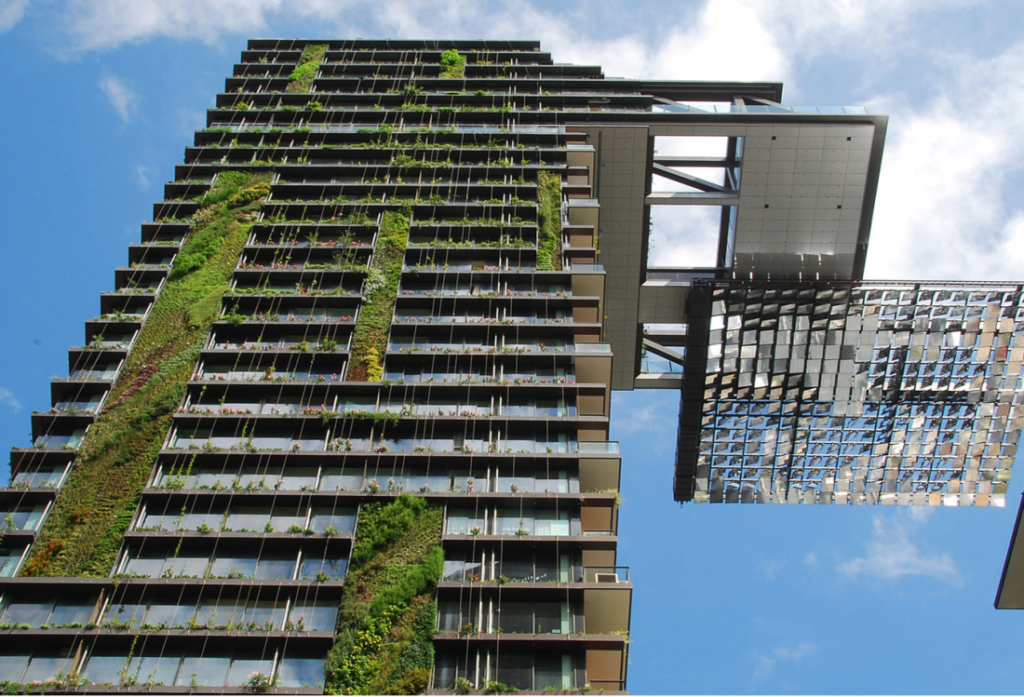
IS YOUR BUILDING MAKING YOU SICK AND STUPID? HEALTHY BUILDINGS ELIMINATE ENVIRONMENTAL AND CHEMICAL CULPRITS
It’s pretty intuitive — creating a comfortable workplace can boost employee wellbeing. This can result in increased retention rates, better Glassdoor ratings, and an influx of applicants looking to work in a pleasant environment. But now, people are taking note of buildings’ measurable impact on health and productivity.
Anjanette Green, stok materials analyst, said this “materials revolution” is occurring at the nexus of three developments: greater attention to environmental toxins, academic and professional research demonstrating the detrimental effects of those toxins, and media coverage bringing the health impacts to the attention of the public.
The Bad
In a highly publicized study conducted by Harvard and Syracuse University researchers, workers’ cognition was measured in different buildings. Occupants of well-ventilated buildings with low emittance of volatile organic compounds performed on average 101% better across nine different domains that assessed cognitive function compared to those in conventional buildings.
Next, “the documentary ‘Toxic Hot Seat’ shocked the public when it showed that flame retardants in furniture were not only ineffective, but also carcinogenic,” Green told us. She also said the drywall used in post-Katrina reconstruction caused headaches and other negative health effects in residents and led to a class-action lawsuit.
The Good
The public outrage at these and similar issues prompted President Barack Obama to approve the reassessment of 85,000 chemicals that hadn’t been reviewed in 40 years. This response was not in isolation, as the real estate industry in particular has fully involved itself in a growing movement to prioritize health in the built environment.
Just as commercial real estate introduced LEED certification and WiredScore ratings as sustainability awareness grew and connectivity became a top building amenity, new healthy building standards are positioned to become an important selling point. Two new building rating systems, the WELL Building Standard, launched in late 2014, and Fitwel, launching this year, are testaments to mounting interest in “healthy buildings.”
An average American spends upward of 90% of their time indoors; these new healthy building standards are designed to enhance and improve human health and promote healthy behaviors. Providing natural light, improving air quality and ventilation, and using materials that don’t emit toxic chemicals are some of the most common, publicized strategies for improving health in the built environment.
In addition, healthy buildings can incorporate features like ample green space, active furnishings, easy access to exercise opportunities, non-toxic cleaning products, and technologies that display real-time building “health stats,” such as indoor air quality.
Promising research continues to advance the healthy buildings movement and provide a clear ROI for these strategies. To see how stok is contributing, view its case study in the World Green Building Council’s report on “Health, Wellbeing, and Productivity in Green Offices,” which provides numerous examples of how firms are minimizing negative health impacts and promoting healthy behaviors within the built environment. Like green building, the healthy building movement is here to stay.
20170111
